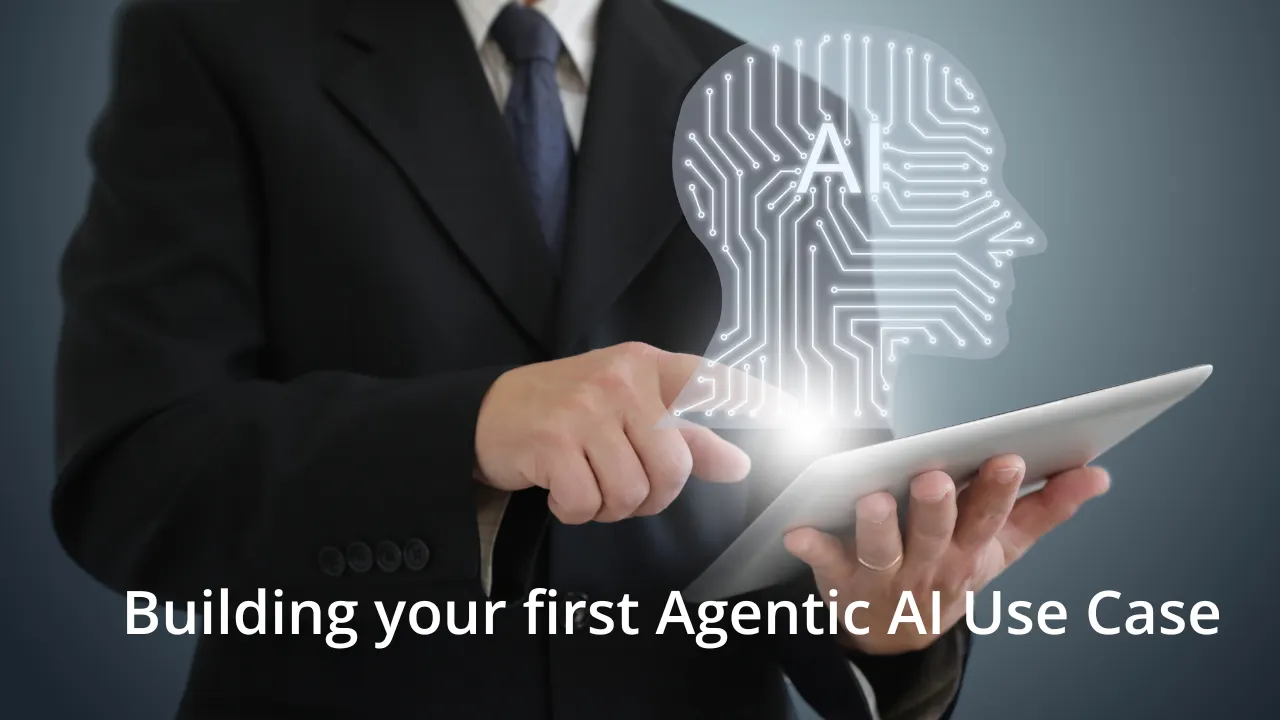Why Cost Saving Initiatives Are a Must for Your Business?
Procurement expenses are among the most substantial expense categories for businesses; these costs can easily total multi-million dollar outlays for multinational corporations. Management typically focus on procurement to drastically reduce this expense as a result of growing economic uncertainty impacting profits.
Nevertheless, cost optimization that is significant and long-lasting requires more than just random budget reduction. Strategic cost saving initiatives covering the adoption of new technologies, process improvements, organization realignment, and more are necessary to strengthen competitiveness through long-lasting effects on the bottom line.
In this blog, we will explore practical approaches procurement leaders can undertake to shrink expenses and capture hard dollar cost savings. Renegotiating contracts, automating workflows, and applying analytics – are just some of the methods for organizations to boost value delivery while lowering procurement costs. Combined with enabling technologies like Zycus’ source-to-pay suite, they form the foundation for accelerated and risk-proofed ROI.
Check out the hyperlinked blog for a more detailed deep dive into cost reduction strategies in procurement.
#1 Capturing Savings Through Supplier Contract Optimization
Renegotiating current supplier contracts is one of the easiest ways to considerably reduce procurement prices. A range of cost elements are included in typical agreements, such as delivery and maintenance costs as well as the price of raw materials. Procurement experts have the power to examine every component during renewal discussions closely.
This process requires analyzing previous spend and performance data to benchmark existing rates. Market intelligence and competitive options provide additional negotiation leverage when conveying value to incumbent vendors. With validated proof points, teams can methodically address priority areas like:
- Pricing thresholds based on order volumes
- Payment and delivery timelines
- Discounts for early payments
- Lower commodity rates
- Reduced fulfillment fees
- More favorable return, refund, and penalty policies
Reworking contract conditions can result in cost saving initiatives on supplier agreements when taken as a whole. Furthermore, the advantages build up over a period of time as long as contract compliance is upheld. To ensure generational wins rather than one-time gains, however, procurement, finance, and legal must be in sync.
When it is feasible, consolidating vendors increases bargaining power and facilitates economies of scale from larger purchases. Restricting the pool of suppliers inherently concentrates spending to achieve better prices, service levels, and volume reductions. Nevertheless, the simplicity also allows resources to focus on relationship management, which is more productive than transactional interactions alone.
Suppliers and contracts that are optimized reduce procurement costs to baseline levels for years to come, all the while reducing the danger of unfavorable terms or over-dependence. When these fundamental reductions are realized, investment in additional cutting-edge projects, such as process automation, is fueled for further profits.
#2 Streamlining Workflows for Leaner Operations
It is possible to achieve significant cost savings by streamlining the procurement process. Improving efficiency without increasing personnel primarily requires eliminating pointless processes that cause delays in value delivery or introduce risk.
Budget-eroding, time-consuming exceptions are reduced when operations are standardized with pre-approved vendors and uniform procedures. The implementation of procurement policies and governance models serves to strengthen the adherence to optimal paths.
Identifying and removing stages that do not add value is an iterative process identify and remove stages that do not add value. Closely involved team members’ contributions highlight inefficient practices that should be eliminated. Gradual, isolated adjustments add up to significant efficiency increases.
Another benefit of introducing digital tools for data centralization and process automation is eliminating significant overhead. Completely automated technology reduces manual labor and ensures compliance with purchase orders and invoices. This gives associates more time for strategic projects that find next-level cost saving opportunities and value-add exceptions.
Teams can work more efficiently when decentralized users have self-service access to procurement systems. Intuitive processes reduce training time by eliminating the need to wait on centralized teams for simple tasks. Usage tracking finds common problems that need to be improved upon constantly.
Large-scale gains arise from automating even modest procurement operations. Still, digitization and integration lay the groundwork for sophisticated analytics by providing the necessary data.
#3 Pursuing Tech Enablers
Organizations need to use enabling technologies like generative AI in procurement , for them to reap the full benefits from process improvements. Adoption with purpose leads to considerable and long-term cost saving opportunities. Generative AI allows creation of myriad items, including RFPs and RFQs, supplier negotiation communication, contracts or clauses thereof.
The eProcurement suite digitizes orders, invoices, approvals, and requisitions through automated workflows, eliminating human labor. Touchless processing offers better visibility into spending and budgets while anticipating compliance problems.
Advanced analytics are powered by data centralization through integration with ERPs and accounts payable. Unified perspectives provide patterns, standards, and cost-cutting possibilities. Enterprise-wide, dashboards offer information that can be put into action.
Negotiations can be strategically informed by emerging technology such as generative AI models, which can analyze complex contracts. Moreover, they estimate risks associated with commodity pricing, customize suggestions based on user responsibilities, and produce insights from unstructured data.
Innovative technologies such as blockchain enable smooth document exchange and transaction status tracking between suppliers and purchasers.
Adopting a technology-driven transformation is justified by tangible financial cost saving initiatives and strategic agility.
#4 Leveraging Data to Uncover Savings
The next essential step is to implement an analytics-driven strategy for ongoing cost optimization after having effective operations and technology in place. The cost saving initiatives add up rapidly when procurement teams can use data to influence decisions at scale.
Also Read: Top 5 Use Cases for Advanced Analytics in Procurement by Gartner®
A uniform data set encompassing all processes and modules, including supplier contracts, invoices, orders, GRNs, and budgets, must be created by combining disparate sources. Accurate analysis is also ensured by clean master data.
With all-encompassing perspectives, specialists can identify patterns, compare results to measurements, and run simulations to measure effects. Notable use cases include figuring out pricing thresholds for spot buys versus contracts, combining shipments to save on freight, and optimizing payment cycles for early-pay discounts.
Complex problems like anticipating demand variability, evaluating working capital impacts, and predicting swings in commodity prices can be solved with the aid of advanced analytics and machine learning algorithms. Several variables and interactions are processed quickly by models, making manual analysis impracticable.
Through interactive dashboards and self-service access, procurement analytics must be made accessible to all business divisions to maintain value. Breaking down walled thinking requires enabling widespread visibility and insights. Furthermore, KPIs including cycle time, contract leakage, and savings target variance are monitored by leaders.
#5 Building a Cost-Focused Culture
Cost-focused mindsets and procedures are ingrained at all levels in the most successful companies that generate long-term savings. Employee role acceptance necessitates a culture shift that goes beyond data and processes to have an impact.
The total cost of ownership concepts, which cover both direct and indirect spend are highlighted in regular training. Walkthroughs of use cases demonstrate how procurement decisions have a broad influence. Cost accountability is increased throughout the workforce by using small examples like cutting back on expedited delivery or minimizing surplus inventory.
Moreover, procurement gives individuals the means to swiftly identify localized inefficiencies and upgrades that are ready for a top-down overhaul. Savings become a movement instead of a top-down edict when easy strategies like spreading the word about a cost saving concept are used.
Long-term passion is sustained through rewarding high-impact contributions. Success stories are shared through in-person forums as well as internal platforms. Friendly rivalry within company divisions encourages increased involvement.
In the end, chief executives need to be strong advocates for cost control as a pillar of the culture. The collective benefit is highlighted by highlighting how small compounding cost saving ideas scale across the entire organization.
When mindsets, actions, and rewards are in line, cost-cutting permeates every aspect of work life, from TCO analysis to contract renegotiation and eliminating process inefficiencies.
Sustaining Value Through Zycus’ Savings Solutions
The pressure on procurement to substantially reduce expenses will only intensify amidst economic uncertainty. However, arbitrary cuts often backfire. Lasting savings require a holistic approach spanning people, processes, data, and technology.
Zycus offers industry-leading spend management software and AI-powered source-to-pay suites to deliver digital transformation. Our solutions provide comprehensive visibility into direct and indirect spend through advanced data aggregation, cleaning, and analysis capabilities. Intuitive dashboards empower users enterprise-wide to drill into actionable insights, trends, and cost saving opportunities.
Watch Video: Enhancing Efficiency with Zycus Procurement Savings Solutions
Purpose-built enhancements like predictive analytics, supplier risk modeling, and intelligent workflows enable teams to work proactively in mitigating risks and optimizing costs. Let our proven platforms reinforce your competitive advantage with exponential technologies fortifying innovative cost saving ideas. Request a demo today to start your optimization journey.
Related Reads:
- A Guide to Effective Cost Reduction Strategies in Procurement
- eBook: Procurement’s Cost Savings Playbook: An Executive’s Guide to Sourcing Savings
- Realizing Savings in Indirect Spend: A Guide for Procurement Teams
- Whitepaper: 5 Steps to navigate from Opportunities to Savings
- Whitepaper: Smart Procurement for Sustainable Savings
- Whitepaper: Speeding up Procurement Savings without the Fear of Crashing
- Whitepaper: 6 Steps to Reduce Costs and Improve Cashflows
- Press release – [Upcoming Webinar]Procurement Savings by the Numbers: Creating a Shared Savings Ledger with Finance





























































